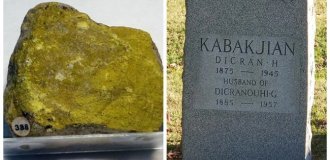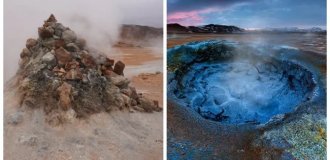How the world's first floating hotel turned out to be of no use to anyone (10 photos)
The world's first floating hotel had a difficult fate. It never found its place in the world and quietly disappeared 35 years after its construction. 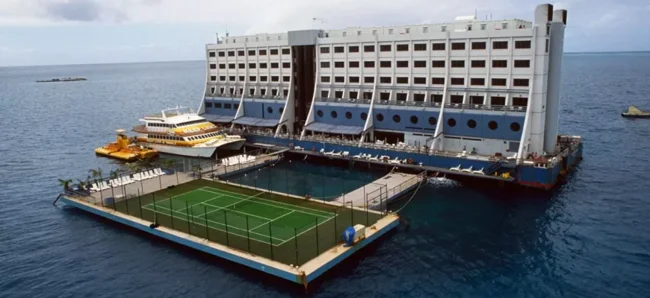
And it all started so well. The world's first and only fully floating hotel. Five stars, seven floors, luxury rooms, a court, a swimming pool, a helipad, a diving center, a glass bathyscaphe.
But the fate of the Four Seasons Hotel turned out to be quite sad. Built to please wealthy Australian tourists, it eventually ended up in the other hemisphere, and in the hands of the North Korean authorities, who turned the hotel into a rusty ruin. 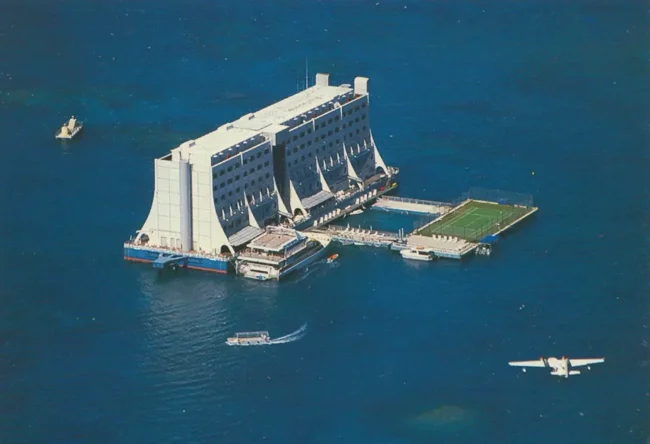
Surrounded by coral reefs
The floating hotel with the long name Four Seasons Barrier Reef Resort was the brainchild of professional diver and entrepreneur Doug Tark. He was in love with the sea and spent all his free time on the Great Barrier Reef off the north-eastern coast of Australia. In addition, his company was engaged in delivering tourists to coral islands.
One day, Tark thought that it would be nice to have the opportunity not only to visit the reefs, but also to live there all year round. The climate allows it, and the savings are significant, because the distance from the shore to the place was from 50 to 200 kilometers. Initially, the entrepreneur wanted to buy and tow several decommissioned cruise ships to the reef area, but then another idea came to mind.
So in 1988, a beautiful floating hotel appeared inside a horseshoe-shaped reef 80 kilometers from the coast. Its appearance was preceded by two years of construction at the shipyards of Singapore, which cost 45 million dollars (100 million in today's money, taking into account inflation). And it was not just a magnificent hotel, but also a miracle of engineering.
Electricity is supplied entirely by solar energy, sewage is drainless, seven anchors of a unique design, the underwater part is made of durable transparent acrylic and the same transparent bathyscaphe, capable of making underwater walks around the hotel. 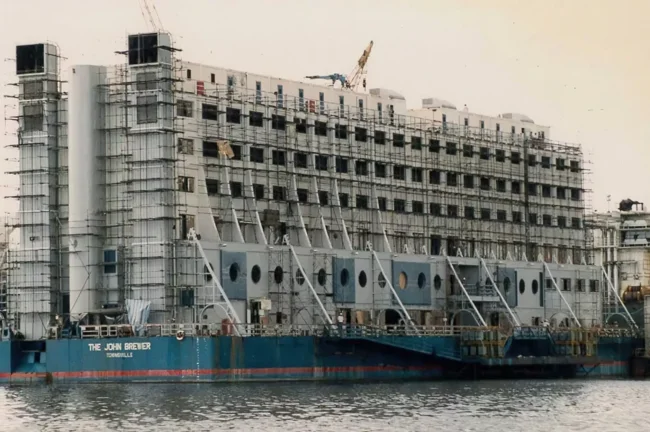
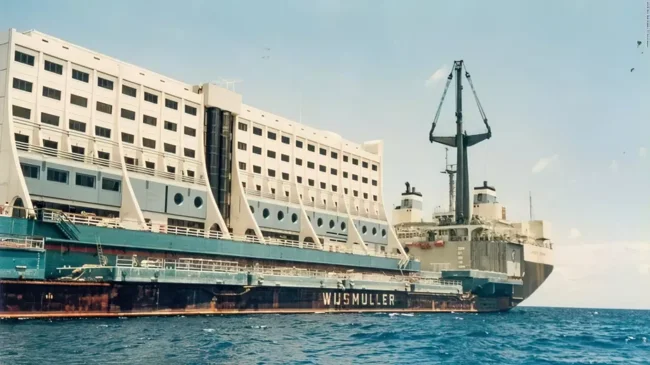
The contents were also impressive. 176 luxury rooms that could accommodate 350 guests, a tennis court, a swimming pool with transparent walls, a library, an underwater laboratory, two restaurants, shops, a diving equipment rental point. In short, pay money, check in and do not deny yourself anything.
"It looked good on paper"
But it soon became clear that the engineers had not thought of everything. To get to the floating hotel, you had to take a high-speed catamaran, spending about two hours on the road, or pay $350 and fly in by helicopter. However, during bad weather, both methods were unsuitable, and the hotel was completely cut off from the outside world. 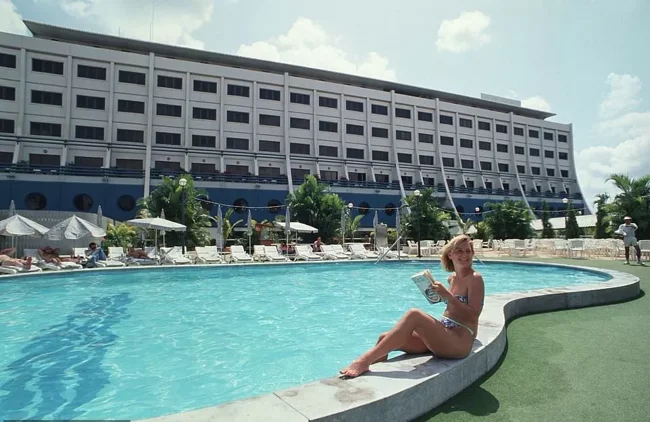
But that was not the main thing. The biggest inconvenience was the pitching. Rich tourists who came to the Four Seasons Hotel were sometimes forced to spend all their time in their rooms instead of relaxing, lying flat on luxurious beds and getting up just to get along the wall to the bathroom.
And this was on the lower levels. But on the 6th and 7th floors, the pitching was much stronger. It is not surprising that the 7th floor was occupied exclusively by the hotel staff, who also had a lot of unpleasant moments with the rocking.
As a result, the floating hotel was empty most of the time, and its owners increasingly realized that the unique structure was becoming a financial burden, and what a financial burden. The Four Seasons Barrier Reef Resort was finally finished off by the news that a warehouse of ammunition left over from World War II had been discovered at the bottom just a couple of miles away. After that, the guests disappeared like the wind. 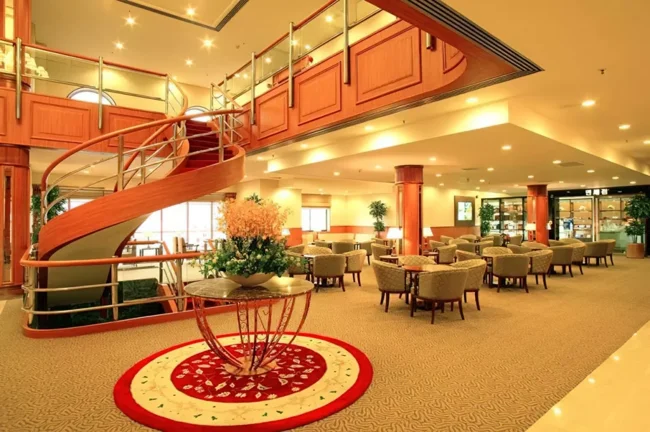
From the hotel to the casino
For some time, the Four Seasons stood practically empty, and its owners feverishly looked for someone to sell the floating miracle to. And they found someone. In 1989, the hotel set out on its second sea voyage. After covering 5,500 kilometers, it settled at the mouth of the Saigon River in Vietnam, turning into an entertainment venue for 10 years.
There was no longer any talk of any buoyancy. No, the hotel was still on the water, only it was securely moored to the shore. And its design had undergone significant changes. The entire underwater part was dismantled (it was impossible to see anything in the murky waters of Saigon anyway), and the courts and pools were also dismantled. 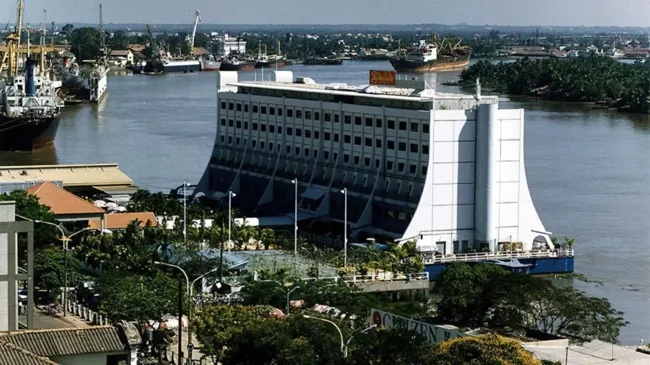
For ten years, the former hotel served as a huge floating casino. But over time, the interest of the Vietnamese in the "Float" (as the "Four Seasons" was dubbed) began to wane, and the owners began to think about another sale. Suddenly, North Korea became interested in the hotel. The country's government decided to purchase the "Float" for a tourist area on Mount Kumgangsan.
Korean epic
Here we need to make a small clarification. The Kumgangsan Mountains are the natural pearl of North Korea. Situated near its border with South Korea, they are distinguished by their bizarre relief, dense, diverse vegetation, surprisingly mild climate and beautiful views. In 1989, a certain warming began to emerge between the two Koreas, and the DPRK decided to organize an international resort in the coastal area of Kumgangsan, where both northerners and southerners were to relax.
The shares were divided as follows: North Korea provides the territory, and South Korea builds all the infrastructure there. So the tourism division of the automobile giant Hyundai acquired the long-suffering floating hotel. 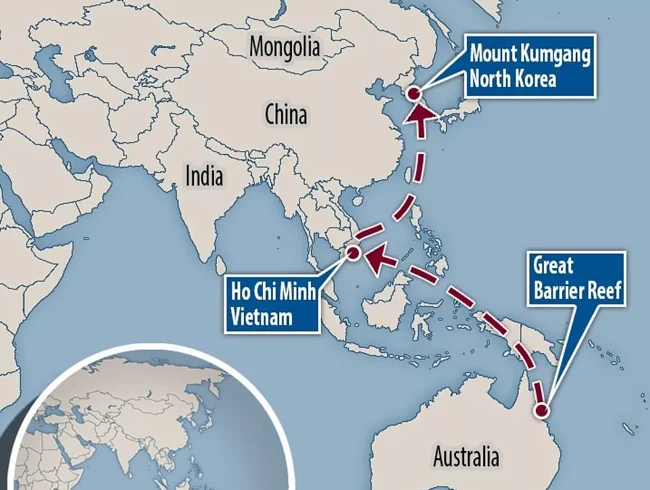
In 2000, it set off on its third voyage and, having covered 4,500 kilometers, moored in the resort area, changing its name once again. It worked as a floating hotel for 8 years. During this time, Haegumgang was visited by about 2 million guests, but its success was ended by tragedy.
In 2008, a North Korean soldier shot and killed a tourist from South Korea. The 53-year-old guest accidentally left the tourist area and found herself in a guarded border area. No one knows how it all really happened, since the DPRK did not conduct an investigation and simply presented the other side with a fait accompli by handing over the body. After that, the Hyundai company stopped selling tours to the resort area on Mount Kumgangsan, and the hotel was once again empty. 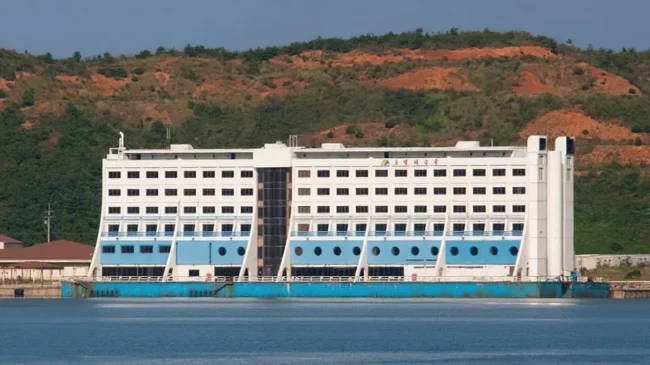
Finale
According to some information, it continued to serve the ruling North Korean elite for some time, and then closed completely. But before it died, the floating hotel received a ghostly chance for revival. In 2018, the two Korean leaders agreed to resume tourism cooperation. A year later, Kim Jong-un visited the resort and was very unhappy with the state of affairs.
The hotel was rusting, crumbling and falling into disrepair, and the rest of the resort was far from its best. The North Korean leader ordered a comprehensive restoration in the Kumgangsan area to give the resort a new lease of life. Unfortunately, the plans were not destined to come true. The pandemic hit and the restoration work was postponed indefinitely. 
And then the DPRK demonstratively tested its missiles several times, which scared South Korea and forced it to abandon its plans for tourism to its neighbors again. And without investment, the resort cannot be restored. So the fate of the world's first floating hotel was sealed - its dismantling began in 2022.
A bright start, a colorful past, a dull present and a sad ending - this is the fate of the brainchild of an Australian scuba diver. His 35-year difficult Odyssey has come to an end. It's a pity, because if the floating hotel had been in good hands, it could have been put to a more worthy use.



